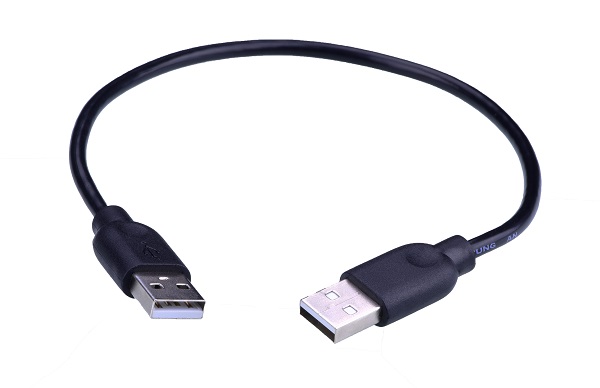Nowadays, electronic products can be seen everywhere, such as mobile phones, tablets, driving recorders, etc. These electronic products are connected or charged using a USB connector interface. These electronic products are purchased with a matching USB interface original data cable, which can be damaged or lost when we use it for a long time. The re-purchased data line will be charged or not charged slowly. What is the reason?
This is mainly due to differences in wire design specifications for USB data lines. A wire product such as an officially certified product may simply be representative of the compatibility of the electronic device, and the electronic device may not be satisfied at the data transmission charging speed. All kinds of cable lines are still generally designed and manufactured according to UL and CSA specifications. Usually, the types of specifications and specifications can be found on the product line.

At present, the connection wires or signal wires used in the USB data line are basically composed of a plurality of small soft copper wires, tinned soft copper wires and the like. For example, 20AWG is inserted into 20 wires, while 10AWG has only 10 wires. Relatively speaking, each wire of 10AWG has a relatively large diameter, and the cross-sectional area is naturally larger than 20AWG. The wire diameter is proportional to the amount of current that can be carried, that is, the thicker the higher the bearing capacity. For the wire application of the general USB data line, the AWG value can withstand the amount of passing current is necessarily higher, the key is the cross-sectional area.